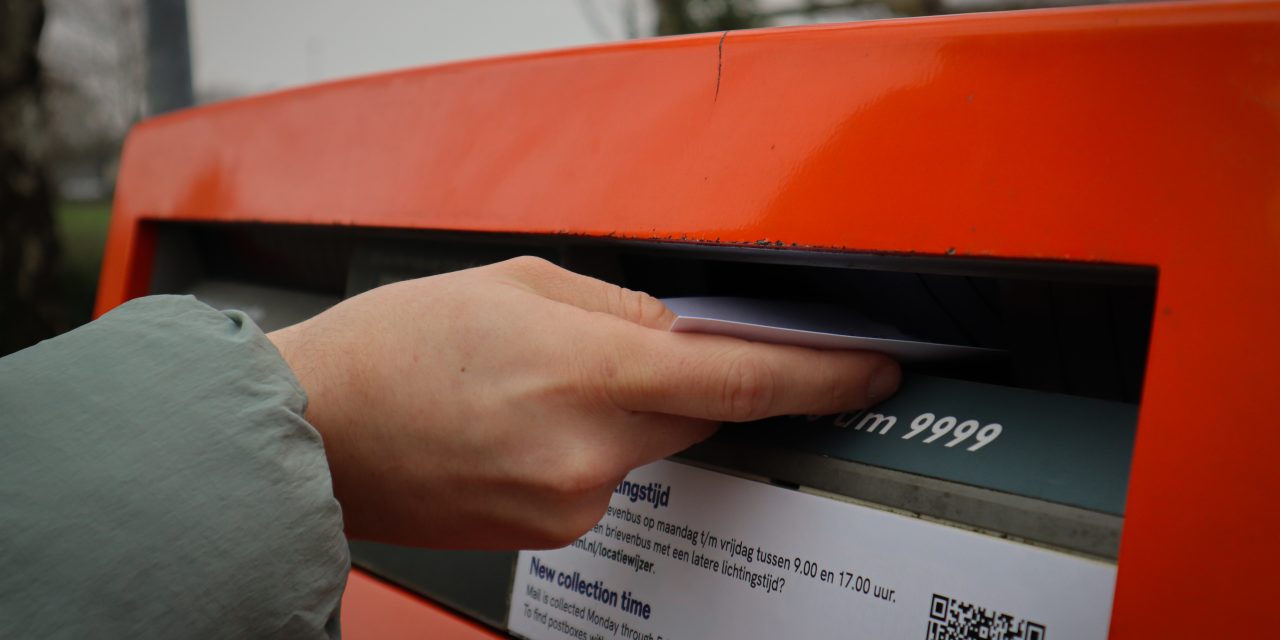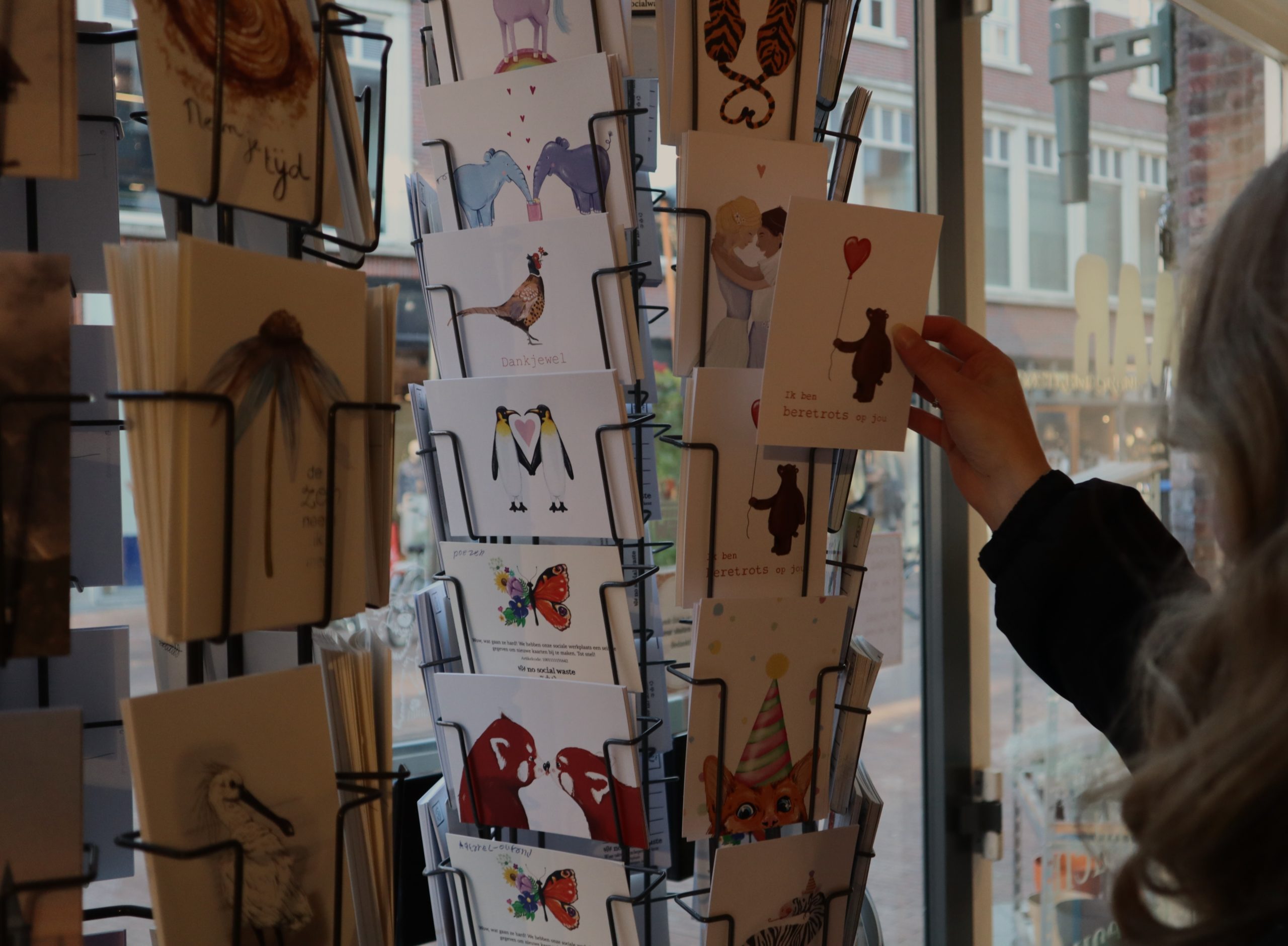Holidays in The Netherlands used to go hand in hand with enormous amounts of postcard deliveries, PostNL is still extremely busy every christmas. Nevertheless, fewer and fewer postcards and letters are being sent every year. Are we losing a tradition, or can the newest trends save postcards?
Nowadays, instead of necessity due to the lack of social media, the main reason people are still sending postcards is because it feels more personal than a digital message. We are sending 70 percent less cards and letters than 20 years ago, and this is further declining every year.
According to PostNL eighty percent of youth think receiving a postcard is valuable, this shows that the tradition is still important for the younger generation. Zoë, a twenty-one year old who regularly sends postcards to friends, noted that a handwritten card is more thoughtful than a whatsapp message. ‘It is a special and fun way to show that you are thinking of someone. It is delightful to receive a card that someone put an effort in, a handwritten message’
There are a few different reasons for the decline of sent postcards. The main reason is the rise of social media. Words of congratulation, or get well soon are sent through digital messages. Interviewees on the street confirmed this, as well as the rise in costs for sending postcards. According to a research from NOS a stamp cost sixty seven cents in 2015, in ten years the cost has almost doubled to one euro and twenty cents. The reason for this rise in costs according to PostNL is because we are sending less physical post. This creates a reinforcing cycle, as fewer people are sending postcards, postage costs increase, which further discourages people from sending post messages.
Companies like Greetz, Hallmark or Kaartje2go are adapting to digitalisation by implementing new strategies and following the current trends. According to a spokesperson of Greetz, postcards are seeing various new trends. The biggest trend is the personalisation of postcards, for example adding your own photographs. According to data from Greetz, forty six percent of customers personalise their orders, and they expect this number to increase more. Furthermore they are researching how artificial intelligence can help customers to create even more personalized postcards.
Maud, who is a frequent customer of Greetz and Kaartje2go, regularly uses this function. ‘With these functions you are able to create something that really fits the person’
Additionally companies like these are expanding their collections by not only offering postcards, but also items like balloons or chocolate, as they are seeing a rising demand. However a main strategy remains, responding to seasonal holidays like Valentine’s Day or Christmas. This shows the role postcards still have today.
While the tradition of sending postcards keeps declining due to digitalisation and rising costs, postcards still hold value for many people. Companies are finding new ways to keep postcards relevant. Whether this tradition fades or stays will depend on how well postcards will adapt into the modern age. One thing remains clear, a handwritten card still holds a magical kind of charm.





